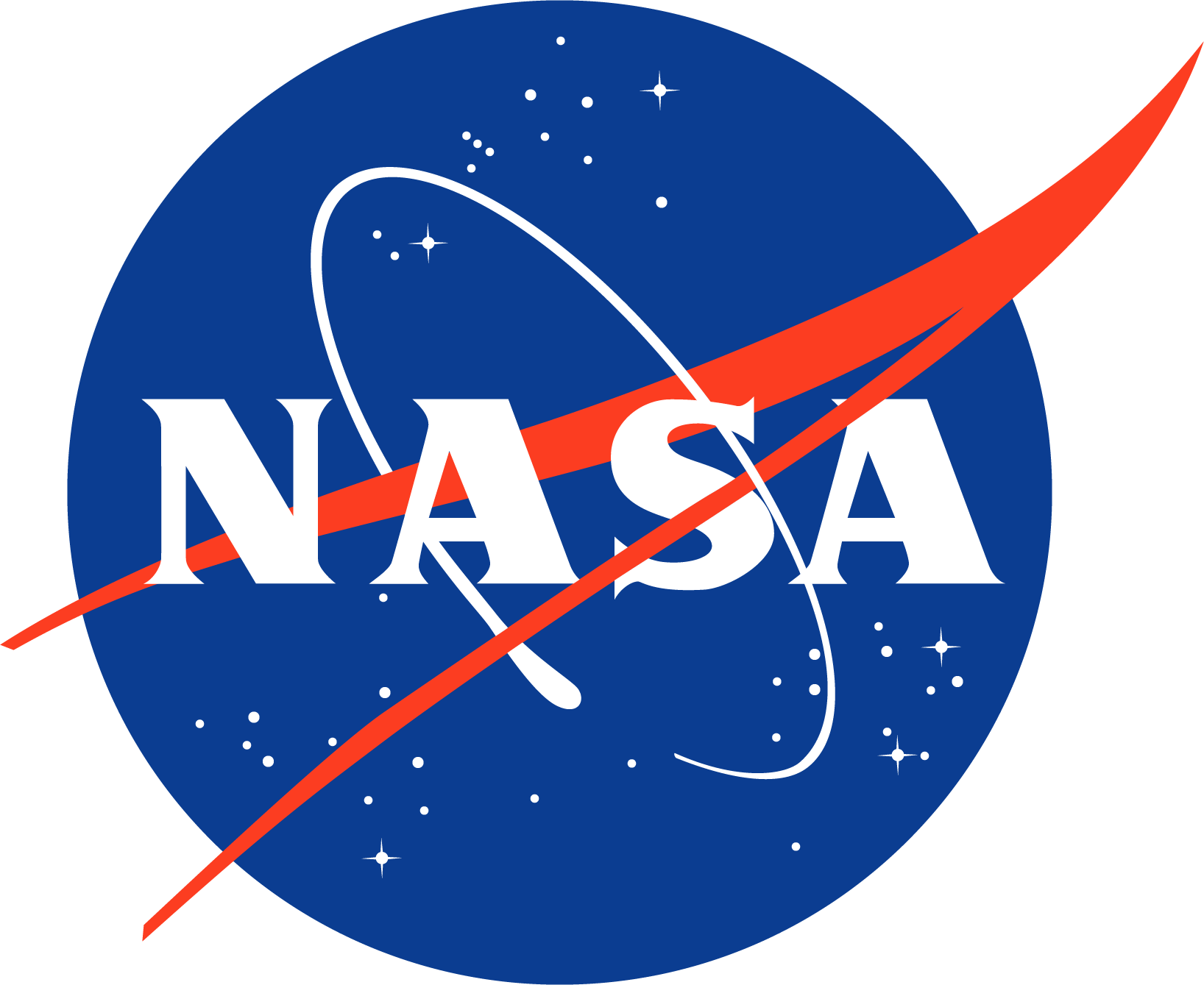Dr. Shashank Bhushan is an Assistant Research Scientist at the University of Maryland’s Earth System Science Interdisciplinary Center (ESSIC) and NASA Goddard's Biospheric Sciences Laboratory. His research focuses on advancing remote sensing techniques to study the Earth's cryosphere, biosphere, and mountain hazards.
Shashank’s journey in remote sensing began with mountain glaciology research during his undergraduate studies. In graduate school, he developed photogrammetry workflows to derive accurate geodetic products using electro-optical commercial satellite data (Planet Labs, Maxar). He leveraged these new observations to understand surface and climatic processes controlling the mass balance of debris-covered glaciers in High-Mountain Asia. During his postdoctoral training, he initiated the development of optical stereo and lidar fusion algorithms to produce high-resolution, decimeter accuracy geodetic measurements as part of the NASA DSI STV team.
At NASA Goddard, Shashank aims to continue leading new research in photogrammetry and glacier change measurement while expanding his expertise in applying satellite observations to study biosphere, ice sheets and other Earth System processes. In addition to research, he is passionate about developing open-source data science tools, creating accessible tutorials, and fostering collaborative academic communities.
